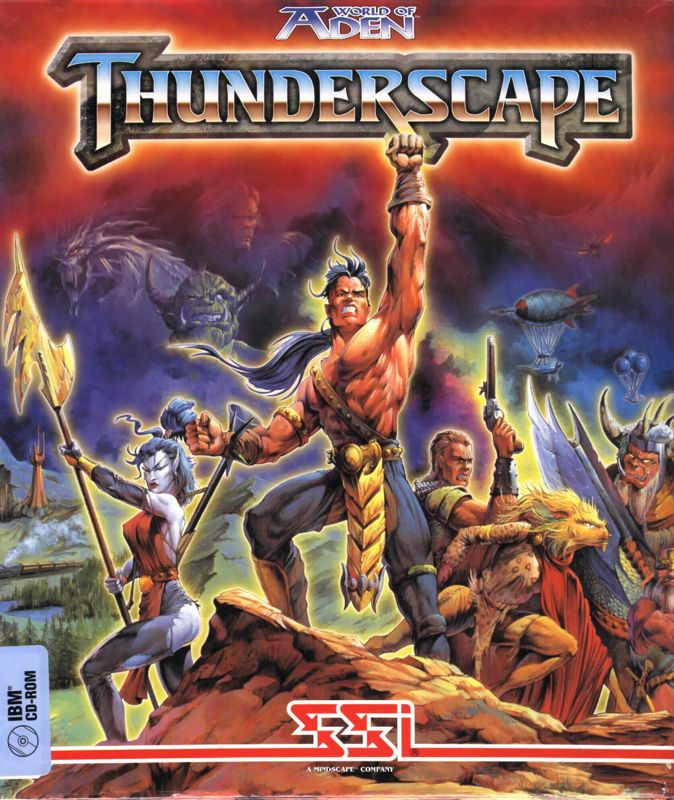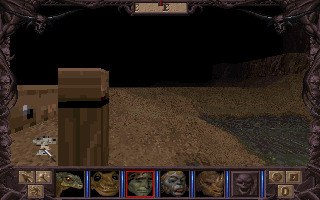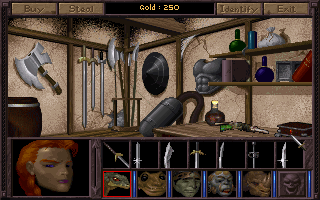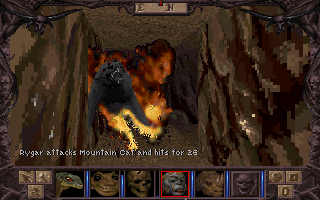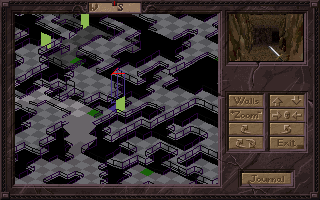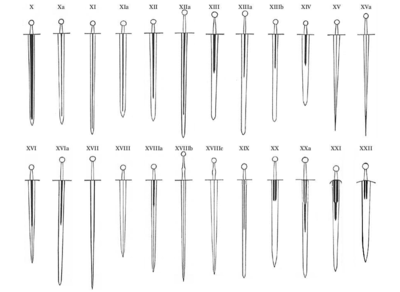spectre
Arcane
- Joined
- Oct 26, 2008
- Messages
- 5,603
Not sure what sort of "physical reality" you are referring to, but swords weren't really the go-to weapon for medieval warfare. Basically because it was expensive and sucked against armor.But the idea that for most of the Middle Ages people in plate armor didn't have to worry about swords really goes against physical reality.
It was more of a status symbol. An iPhone if you will.
Are you seriously contesting the fact that one needs to train using armor to actually utilize it? How to move around, how to take blows?The whole "Feat: Armor Training: you've learned how to move your body so blows just glance off your armor. +2 AC" thing is another gamist myth, but one that you seem to support.
No sane person would have actually tried to catch blows with their armor unless desperate for an opening in the enemy's defence.
I thought the "gamist myth" was more along the lines of: hurr durr, I has pleet armer, I am invinsibel now.
Well would you look at that, apparently leg wounds accounted for 70% of casualties buried there. But hey, you're free to dispute that, do your own research, get it published.Legs? Casualties? Unless you actually severed the femoral artery and then waited for the guy to bleed out, you're not going to cause many casualties here.
Artery cut drops a nearly immediately because of the decrease in blood pressure and shock. Femoral artery bleeds you out in under one minute . Not sure why are you dismissing it so lightly, as it's a legitimate target when you want to kill a guy.
And that's just the femoral artery, peroneal artery isn't too bad as well.
It's actually the only way you're doing anything to a guy on horseback while on foot. Help yourself to some medical drawings (or don't, looking things up is bad for you), the artery network in the legs is quite sprawling.And this doesn't even work against riders (which is really the only way I can see Medieval soldiers hitting people in the leg regularly) because the femoral arteries are not on the outside of your thighs.
And yes, you need to aim for it to actually have effect. That's why people need to train with their weapons and that was what armor was all about - protecting vital areas as much as possible.
So, no marks on the ribs? No marks on the spinal column? Dude pls.Another protip: people can easily take fatal abdominal wounds that leave no evidence on the bones.
Evidence of what actually was there trumps make-believe in my book, but hey, you do you.
Wat? 14th to 15th century (e.g. the 100 Years War) is exactly what a good chunk of the rpg settings model themselves on - you have well developed plate armor, longbows, nobles and politics, the whole shebang.Lichtenauer: 14th or 15th century (unknown). You really are hellbent on supporting your argument only with examples from the Late Middle Ages bro.
That doesn't work because it's generally accepted that armor at that time had grown to enormous (almost comical) proportions (attributed to ranged weapons), and this is generally not the kind of setting we have in games.
It hasn't really changed until the Italian Wars, pike and shot formations, but that's 16th century.
The techniques in the manuals were also used in unarmored combat and dueling. It changed a bit when the rapier was introduces as the more fashionable dueling weapon,
but until then, I'd doubt much has changed about the fundamentals of handling longswords and arming swords in the last few centuries.
In any case, do you have any better sources for how people fought with weapons at that time? There's an entire group of historians out there awaiting your insight.
How's that time machine project going on? Until you can make that happen, that's what we have to work with, reading between the lines if we must. That's studying history, in case you missed it.Btw, for the lulz:
Liechtenauer's teachings are preserved in a long poem of rhyming couplets called the Zettel ("Recital"), covering fencing with the "long" or extended sword (i.e. with both hands at one end of the sword), the "short" or withdrawn sword (i.e. with one hand at either end), and on horseback. These "obscure and cryptic words" were designed to prevent the uninitiated from learning the techniques they represented;
Yeah that's exactly the kind of source we should rely on to form an idea of old melee combat
Bully to you, you found the wikipedia article. What it doesn't tell you, people in the olden days tended to do funny shit like this, make up rhymes to help with learning, to set up a rhythmic pattern (something you do when you practice combat)
make shit obscure on purpose so that random cunts won't steal their knowledge. Now, read some more on german and italian school of fencing, and you may learn something.
Fair enough. Are we still talking about military and militia equipment? That would be most of the stuff we discussed here. Such weapons would be geared towards the "average" fighter, because that would be the majorityThe discussion is About equipment, especially wether certain equipment allows certain people to capitalize on their strengths but maybe shouldn't be used by people without those advantages.
of blokes in the militia and the army. It makes no sense to design a weapon that only works with narrow set of physical traits, say a polearm for guys above 190 cm only - you want it to be mass-produced and used by many.
This reduces the cost of training and equipment and makes sense economically.
A notable exception that was mentione were the greatswords, which are an example of a specialized equipment, issued to the biggest and strongest. These are the guys you wanted in your royal guard (if only to show off and look intimidating),
the weapon itself also favors defensive applications - fighting many opponents in narrow passages, something royal guard would do.
Obviously, rich people could and would ask for custom weapons with certain traits like point of balance, length or weight to give themselves an extra edge or match their preferred fighting style,
but that's not exactly the norm. Various unique items in fantasy rpgs fill that niche nicely.
So yes, there were specialized pieces of equipment, but they were expensive and not very common. A scrawny guy has no business wielding a greatsword, so that would be an example of such equipment.
If you want to discuss fantasy settings a halfling or a dwarf has no business of handling a two handed sword either, but that's because of the limited arm reach and not because of the strength score.
You're not doing much to a guy who can just pin you down with a pitchfork and keep you out of reach.









